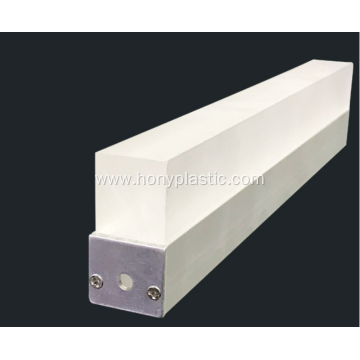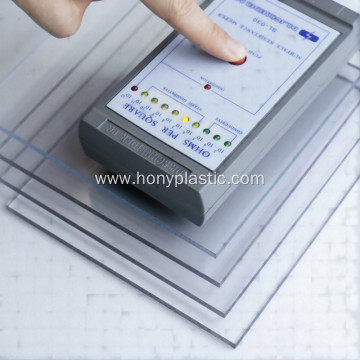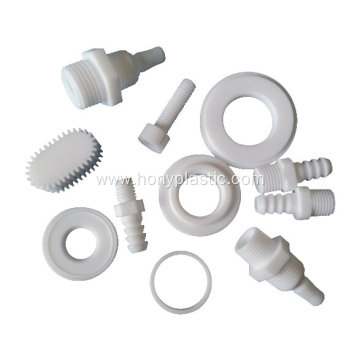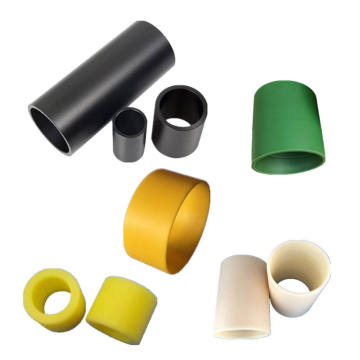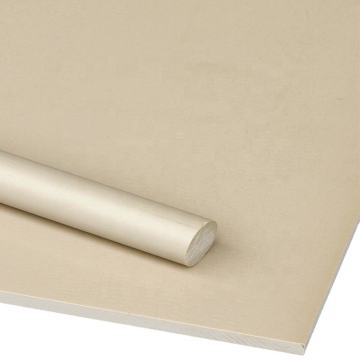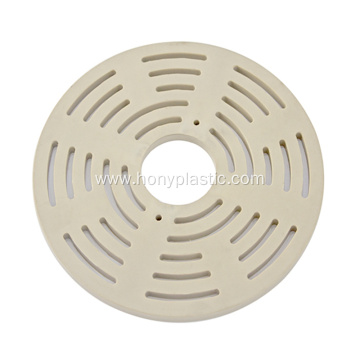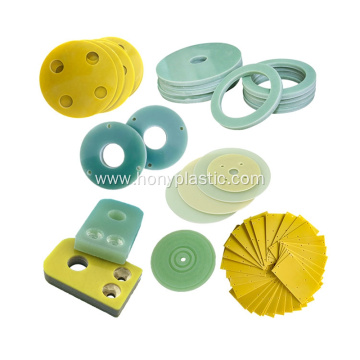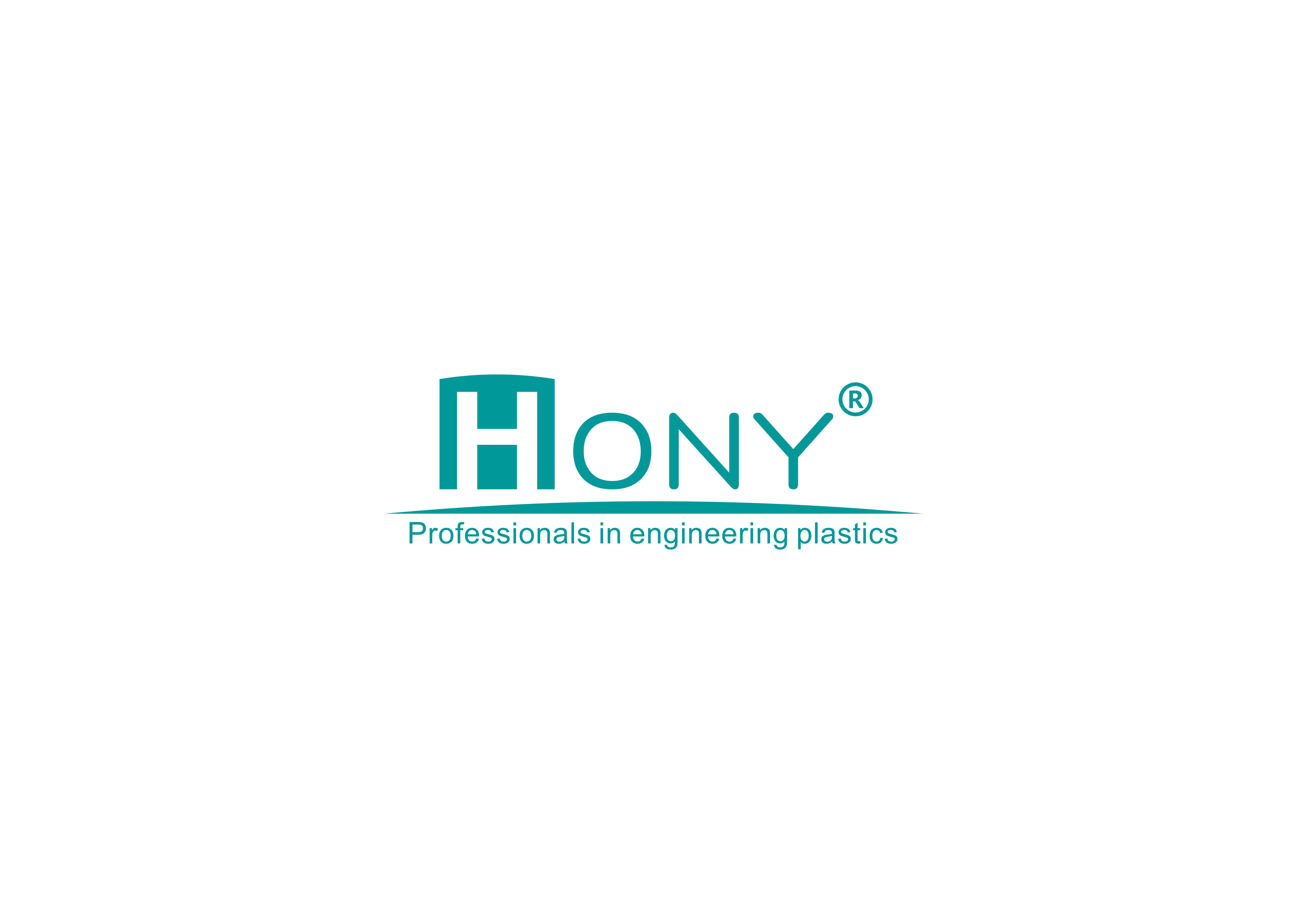HONYESD®ESD PA6G Plastic Sheet is one of the engineering plastics which also call polyamide plsatic sheet,Compared to other engineering plastics, the character of ESD nylon Plastic Sheet are obvious.ESD PA6 Nylon is a kind of antistatic materials which is made by extruded PA6 Nylon. And Recalon® ESD PA6 Nylon provided stable and uniform antistatic value. The surface and volume resistivity value is 106-109Ω. And the antistatic value will not changed after machining or surface grinding. This materials is suitable for automatic lathe machining, especially suitable for the manufacture of precision parts.
Product features: antistatic properties, good mechanical strength, high stiffness,high hardness,high toughness, heat and wear resistance, good sliding properties, creep resistance, mechanical properties, and suitable for automatic lathe machining.
Materials disadvantages: No acid-resisting, especially no resistance fro mineral acid, and no UV resistance, and un flame-retardant.
Applications: Semiconductor test fixture, semiconductor crystal manufacturing equipment parts, the wafer processing jig, sensitive electronic components, the hard disk drive parts, the printed circuit boards, high-precision automated fixtures, the installation of electronic equipment, fixtures, rails, trays, pads, bushings, linings, wheel roller, etc
Polyamide 6 Esd Pa6 Production Features:
Low resistivity
Resistivity equalization
resistivity
Antistatic Pa6 Production Application:
IC components, move send from ・ storage magazine, tray, ball, roller, containers, pulley, guide
Wheel, roller, guide
Solvent treatment of local components
The components of the precision measuring device, the low frequency count with the electromagnetic wave sticker
Esd Pa6 Polyamide Sheet Samples Supply:
Free small samples are available , freight collect at client's side .
Product color:white /black /beige/etc
Thickness:6-40mm
Size: 620x1250mm/500x1000mm etc.
HONYNYLON PA6G-ESD Plastic sheet:100% virgin ,A grade
Remarks: other size & color can be customized
HONYESD®ESD PA6G Technical Data Sheet
|
Physical Properties
|
| Density | ISO 1183 | g/cm3 | 1.13-1.15 |
| Water absorption | ISO 62 | % | 3 |
| Mechanical Properties |
| Tensile strength | ASTM D638 | Mpa | 140 |
| Elongation at Break | ASTM D638 | % | 3.5 |
| Flexural strength | ASTM D790 | Mpa | 205 |
| Elastic bending modulus | ASTM D790 | Mpa | 7200 |
| Impact strength (notched) | ASTM D256 | KJ/M2 | 18 |
| Hardness | ASTM D785 | Mpa | 160 |
Thermal Properties
|
| Vicat softening temperature | DIN53 736 | ℃(F) | 220 |
| Glass transition temperature | DIN53 736 | ℃(F) | 60 |
| Heat distortion temperature | DIN53 461 | ℃(F) | 190 |
| Heat conductivity | 23℃ | ℃(F) | 0.23 |
| CLTE | ASTM D792 | 1/K.15-5 | 8 |
Electrical Properties
|
| Surface resistivity | ASTM D257 | ohms | 1012 |
| Volume resistivity | ASTM D257 | ohms.cm | - |
| Dielectric constant | ASTM D150 | - | 3.7-7 |
| Dielectric loss coefficient | ASTM D150 | - | 0.031 |
| Miscellaneous Data |
| Flammabolity | UL94 |
| HB |
|
|
|
|
Anti-static knowledge
Static electricity is a kind of static charge, which usually refers to the positive and negative charges generated on the surface of the object due to the friction between different objects.
Electrostatic discharge: refers to the transfer of electrostatic charge between objects caused by direct contact or electrostatic induction of objects with different electrostatic potentials, usually refers to the phenomenon of piercing the intermediate medium after the electrostatic field capacity reaches a certain level to discharge.
The necessity of plastic anti-static
Plastics are all high-molecular materials, and their surface resistance or volume resistance is greater than the 1012 power without any treatment, which gives the plastic material good insulation properties. And because of this reason, it is very easy to generate static electricity, because plastic and its products are extremely possible in production, handling, contact, separation, friction, collision, and electromagnetic induction. It is even impossible to avoid these occasions. Brings about the factor of static electricity.
Prevention and treatment of plastic static
1. Add a synthetic permanent Antistatic Material, which can form a fibrous conductive network inside the polymer, which can export the static charge accumulated on the polymer surface, and permanently eliminate the charge on the surface of various polymers to achieve antistatic performance .
2. Directly use conductive plastic to process its products, which is the origin of conductive plastic (resin) production.
ESD standard :
Conductive : 103 104 105
Anti-static : 106 107 108
High anti-static : 109 1010 1011
Insulation : 1012






















